October 2022 is Canada’s first Circular Economy Month, and October 17-23 is Waste Reduction Week. A “circular” economic model is one where resources are designed and used in a way that maximizes their lifespan. This is opposed to a traditional linear model, which means we make something, use it, and then dispose of it.
Moving towards a circular economy is good for the planet because, put simply, these economies use fewer resources. Raw materials are only extracted when they’re really needed, are reused to the extent of their lifespan, and less waste is produced as a result. The model is inspired by nature and encourages sharing between others, trading, swapping, and repairing existing items wherever possible instead of creating new things from scratch. To get you feeling inspired, here are some easy ways to make your everyday life more circular, less wasteful, and more economical!
1. Visit a tool library
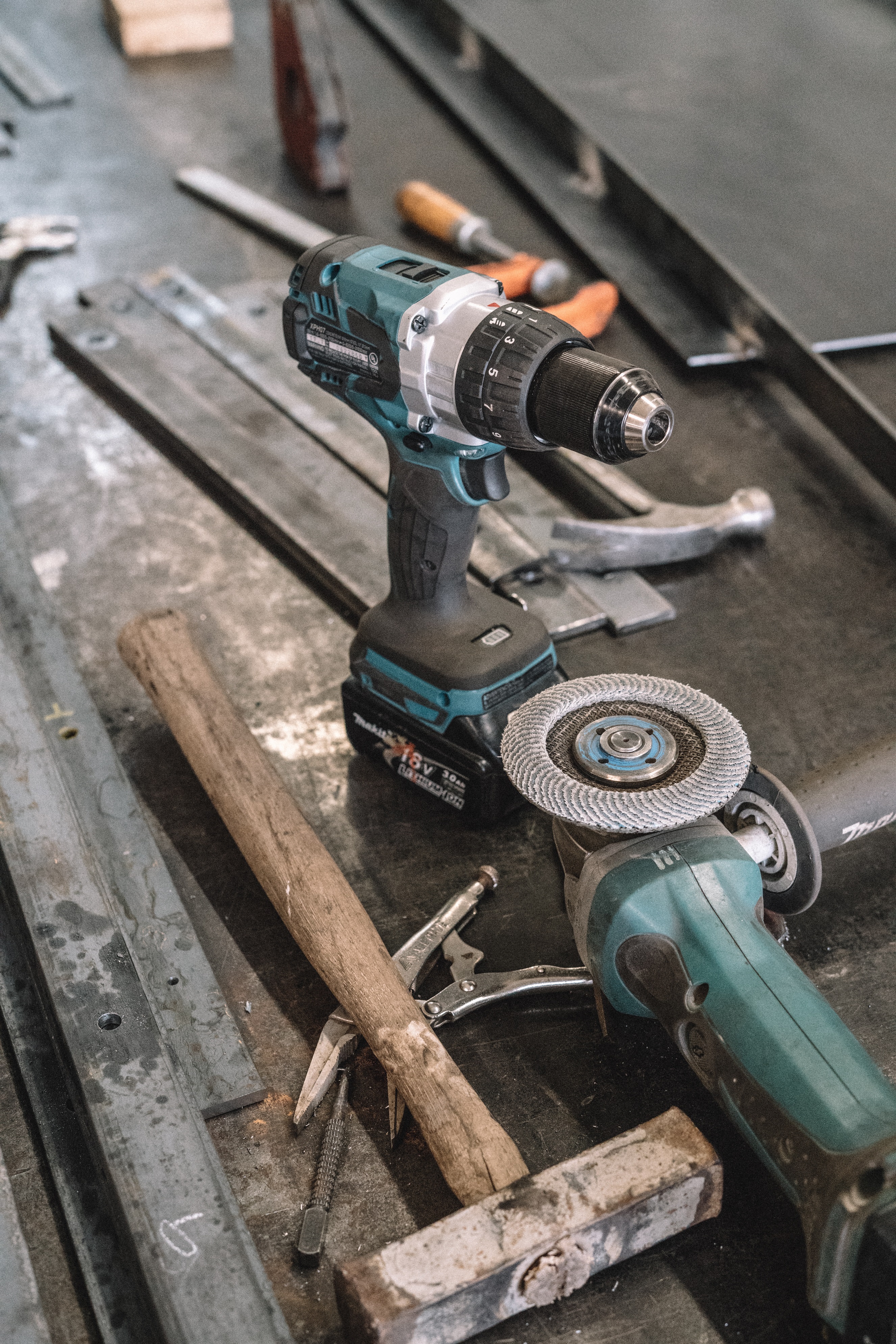
We may have big DIY dreams but gathering the equipment to make them a reality can seem daunting and costly. Tool libraries and initiatives like The Thingery have been springing up in Canadian cities with a model that lets members borrow tools and more for an annual fee. A concept similar to borrowing your neighbor’s power drill or ladder, tool libraries let you take out the tools you need and then return them to be used by someone else.
Some places, like the Toronto tool library, also offer skills sessions to teach you how to use the tools you’re borrowing. Ottawa, Vancouver and Toronto currently operate tool libraries – is there one in your city, too? Let us know on Facebook! If not, there are many retailers that offer tool rental services across Canada, which can be cheaper and less wasteful than buying them to keep permanently.
2. Fix your stuff at a repair café
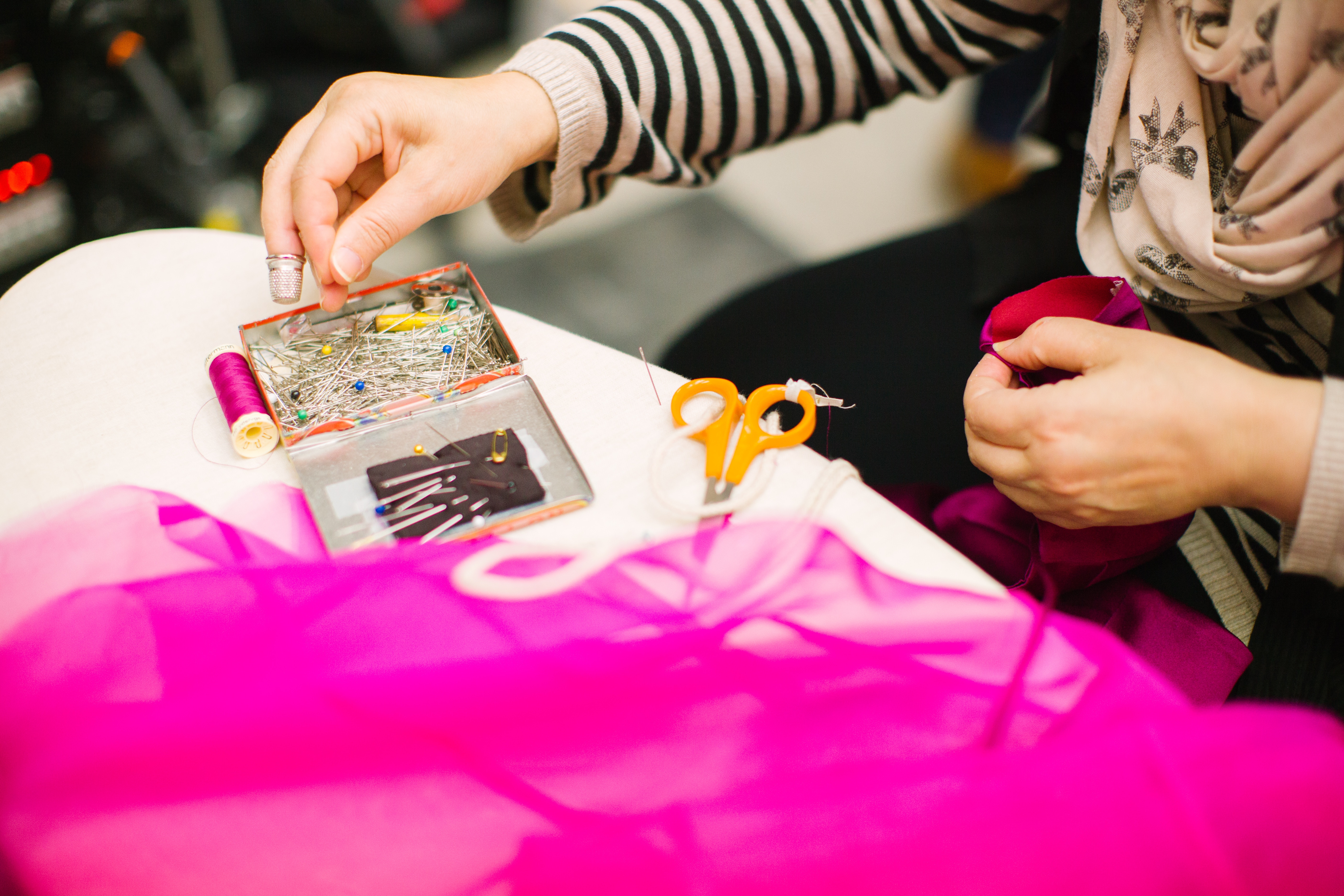 Canada currently has 30 local repair cafés, which work to change the current trend of disposability, fast fashion and endless new tech launches by promoting repair and extending the longevity of our clothes, electronics, furniture and more. Most events are free to attend and encourage sharing and community spirit – volunteers are there to help you fix your stuff together and teach some new skills in the process.
Canada currently has 30 local repair cafés, which work to change the current trend of disposability, fast fashion and endless new tech launches by promoting repair and extending the longevity of our clothes, electronics, furniture and more. Most events are free to attend and encourage sharing and community spirit – volunteers are there to help you fix your stuff together and teach some new skills in the process.
Visit a local café and you could fix up a beloved vintage dress, take up those too-long pants, or even fix a kitchen appliance! Find out what you can bring, when and where to visit, and what to do if there’s no café near you on the Repair Café Foundation’s website. It’s worth looking online and in your local area for other initiatives too.
3. Trade, swap and shop second hand
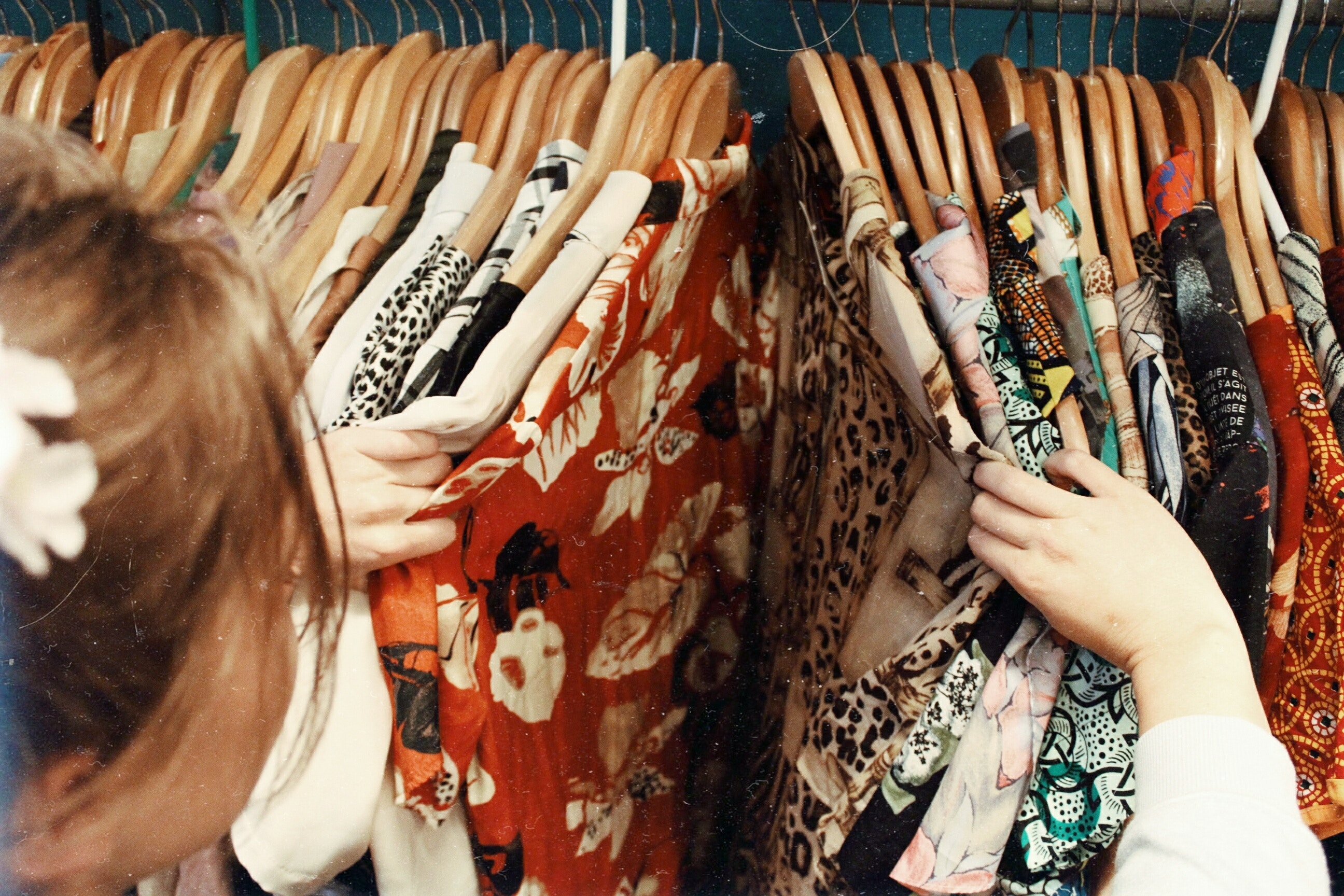 If you live in a large city, you may well have heard of Bunz, which is an online trading platform that’s taken North America by storm. Bunz members trade everything from clothes to food and even house plants! It’s free to join and is an ideal way to give your unwanted items a loving new home and pick up something you need at the same time.
If you live in a large city, you may well have heard of Bunz, which is an online trading platform that’s taken North America by storm. Bunz members trade everything from clothes to food and even house plants! It’s free to join and is an ideal way to give your unwanted items a loving new home and pick up something you need at the same time.
There are plenty of other ways to support a circular economy when you acquire or buy new things, too. Shopping in thrift stores will save you money and stop you from contributing to a textile industry that sends 10 million tonnes of clothing to landfill every year. Buying other goods refurbished–such as computers and phones–also helps these items reach their longest useful life. Check out clothing swaps in your area, donate unwanted clothes to local thrift stores or homeless shelters, and consider how you can repurpose unused items in your home before throwing them away.
4. Need paint? Get donated paint for free!
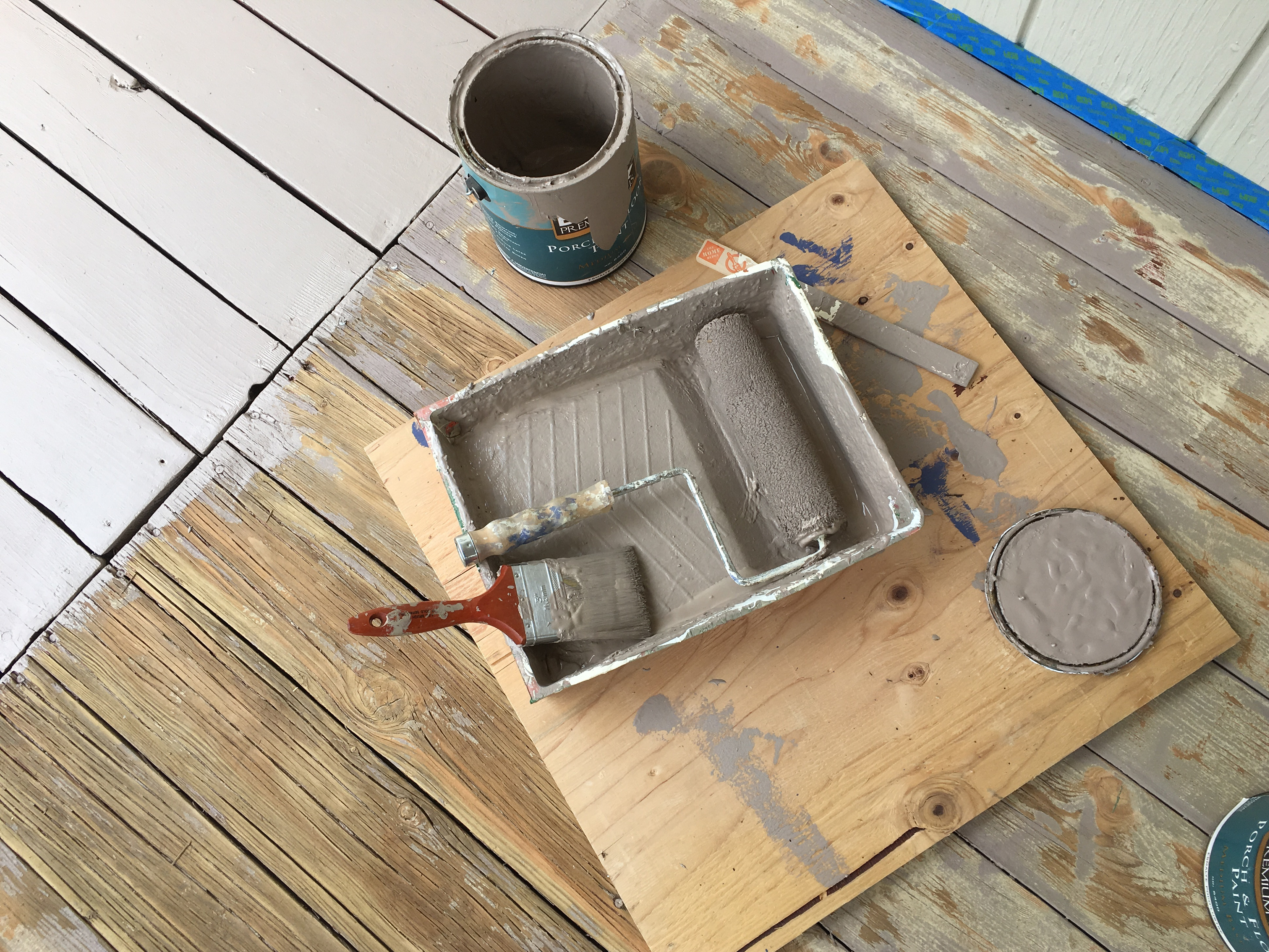 Data from Statistics Canada implies that over a third of Canadians are storing unwanted paint they intend to dispose of. Paint can be an investment that often goes partially or totally unused.
Data from Statistics Canada implies that over a third of Canadians are storing unwanted paint they intend to dispose of. Paint can be an investment that often goes partially or totally unused.
Our PaintShare program operates in BC, SK, MB, ON, NB, NS, NL and PEI and lets you pick up free paint that others have donated through our recycling program. The paint comes in various quantities and could be available in any number of colors depending on what’s been dropped off. If you’re thinking of buying paint, why not call your local recycling location first to see what paint they have available? You could end up saving quite a bit of money. Find your nearest participating location using our recycling locator.
If you do need to buy new paint, be sure to use a paint calculator to estimate the approximate amount you’ll use.
The founders of Waste Reduction Week are encouraging Canadians to set up our own swaps, sharing and repairing events on the weekend of October 22-23rd. Visit their website to learn how to get involved, and to learn more about the circular economy.
Share your waste reduction stories using the #WasteReductionWeek and #CircularEconomy hashtag, and visit us on Facebook, Instagram and Twitter!

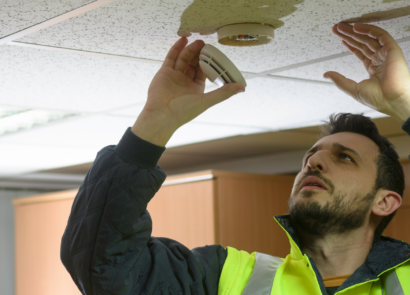


Comments